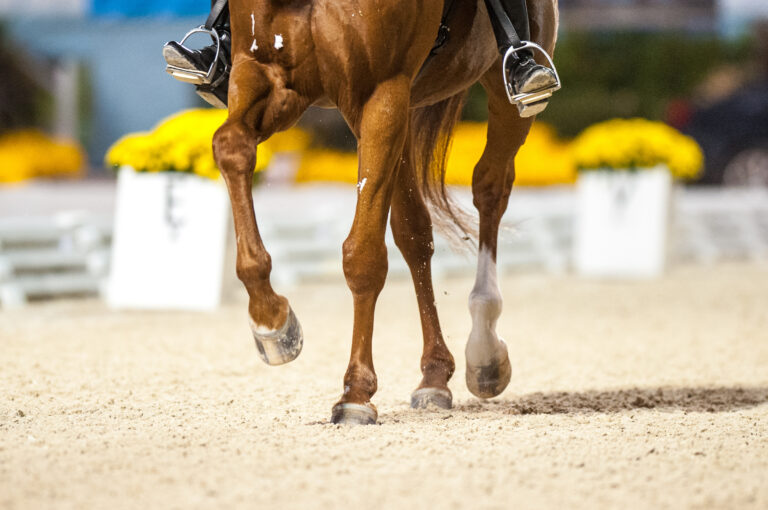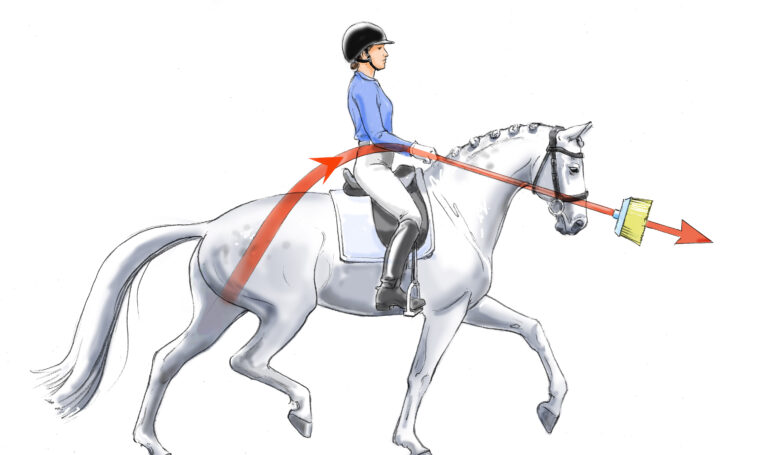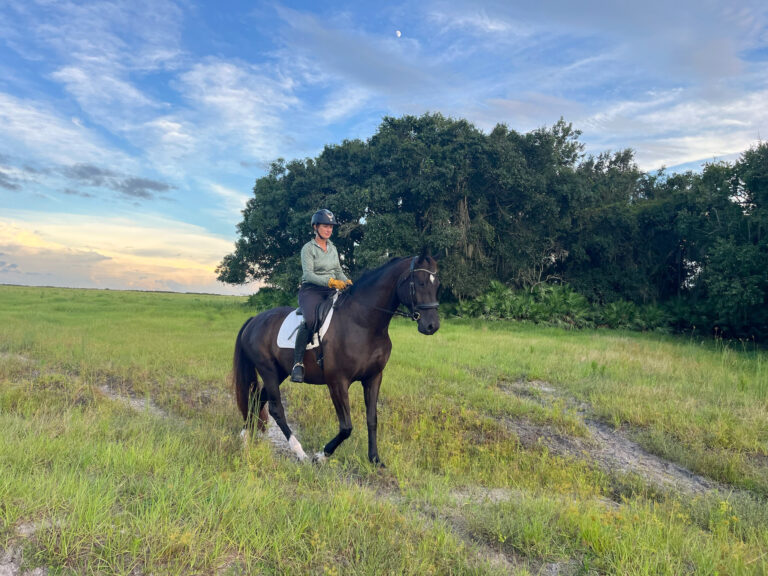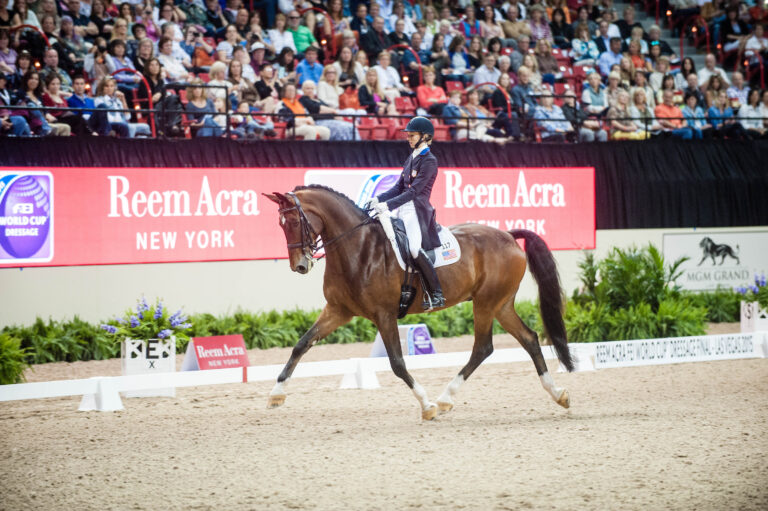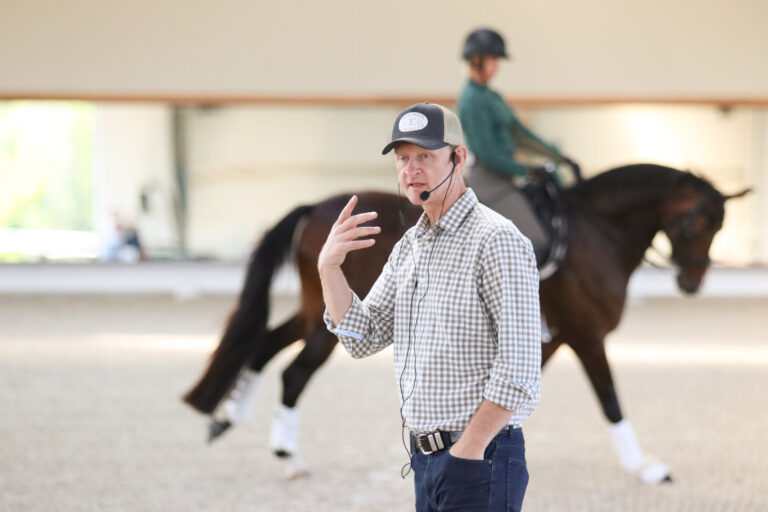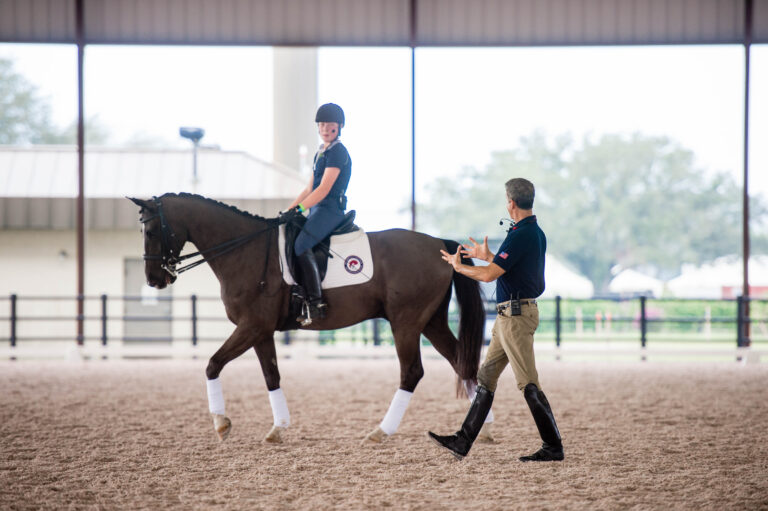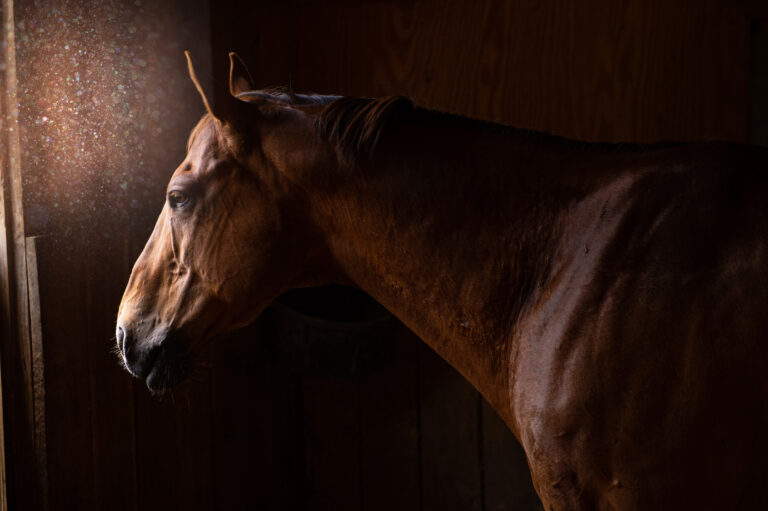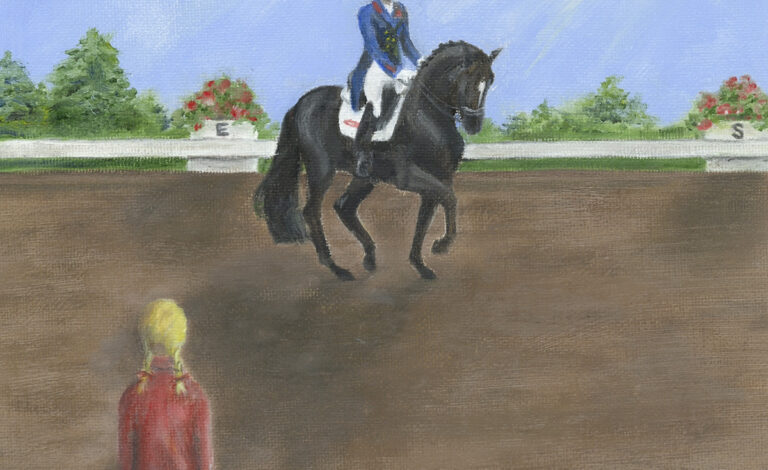Q: I am trying to be more at one with my horse mentally. I try to be in the moment, but I’m not always successful. Any tips would be appreciated. —Name withheld by request
A: If I may rephrase the question, perhaps it would be better to say, “I would like to be one with my horse. What tips can you offer?” For if we are not in the moment, we cannot be one with the horse, and if we are not in the moment, we cannot be focused. Therefore, the questions should be how to be present, how to be available and how to be capable of being one:
First of all, you need to be one with yourself before you attempt to be one with another being. This is beyond the mechanical, physical aspects of riding. Your mental attitude is more important than your physical attitude. Meditation, breathing, a good understanding of yoga, contemplation—each of these techniques allows you to know yourself better and be able to feel a calmness and a freedom that will allow you to feel closer to a greater consciousness.
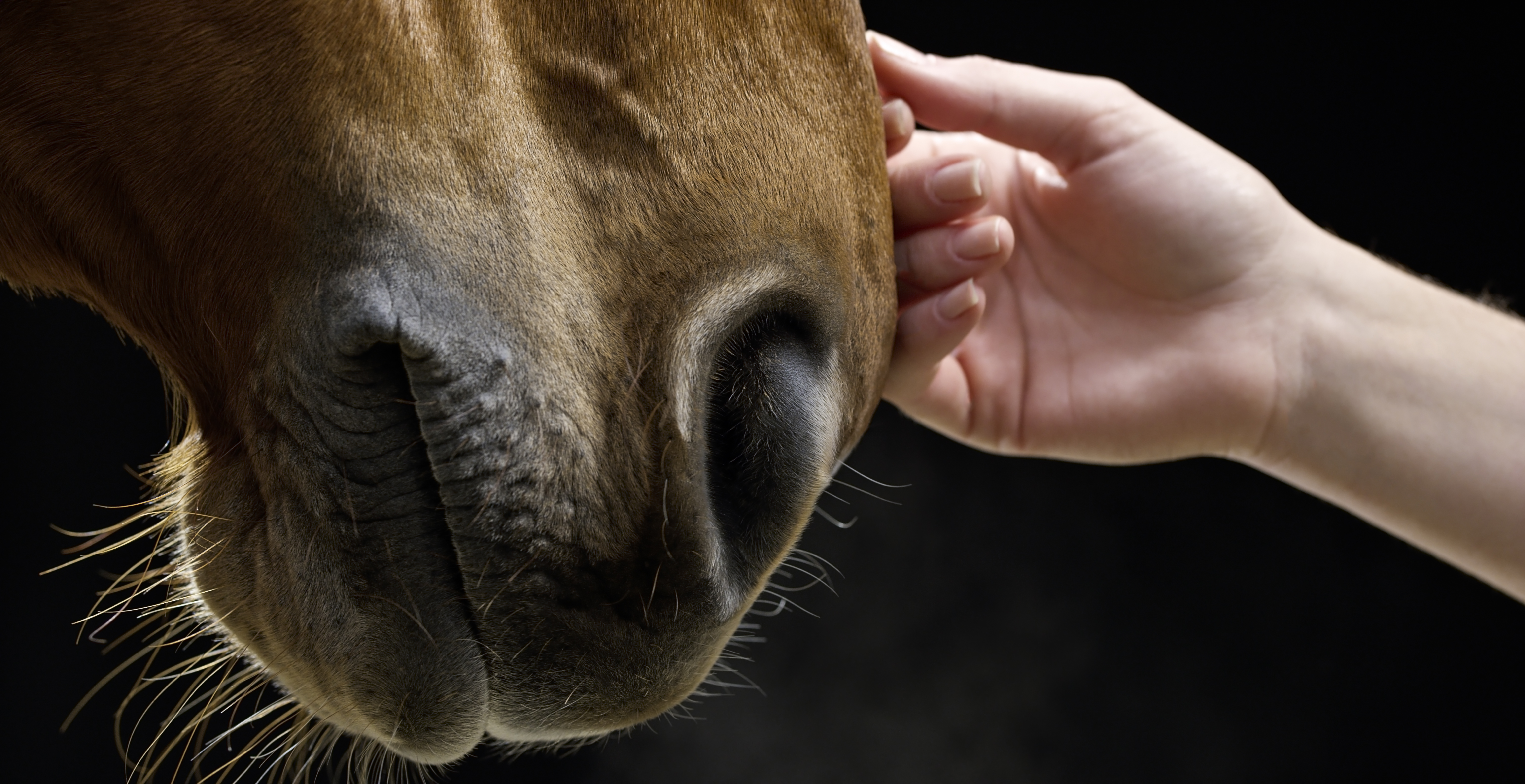
All this means is that if you are able to breathe correctly with your horse and stay mentally with him, slowly the process will bring you to a common understanding and a greater unity. There is no need to ride, there is only a need to be. Slowly and progressively you will feel a completeness and a union of the mind that will help you to feel closer to your goal.
The simple exercise of longeing and work in-hand will create the foundation for your mental communication and deepen your sense of being together. Later, when you ride with your concentration on very basic points (direction, rhythm, bend, lightness), the use of simple breathing exercises, while on the horse, will help you to put your body in a union with his movement. Then the mind will help you to project your vision through shoulder-in, haunches-in and pirouette at the walk first, then shoulder-in and haunches-in at the trot. By then, if you get a correct (rhythmic and energetic) shoulder-in at the walk and trot and correct haunches-in at the walk and trot, with your horse on the bit and in lightness, you should have a good feel of togetherness with your horse. A horse cannot be in lightness if he is not on the bit. To me, “on the bit” means the horse is 100 percent mentally and physically with you.
Things you should avoid: If you are pushing or kicking your friend in the belly with the leg or using spurs, you have a recipe for separation. If you kick your friend, pull on the reins and tell him mentally what you want to do, you will never be able to fulfill your goal.
Riding a horse is strictly communication between beings. If you have any sort of aggressive attitude, mentally or physically, you will not achieve oneness. Happiness and joy are the best ingredients for oneness.

Dominique Barbier is a native of France who trained with the late Nuno Oliveira in Portugal. The author of numerous books, including his latest, Meditation for Two, he and his wife, Debra, run Barbier Farms in Healdsburg, California (dominiquebarbier.net).


